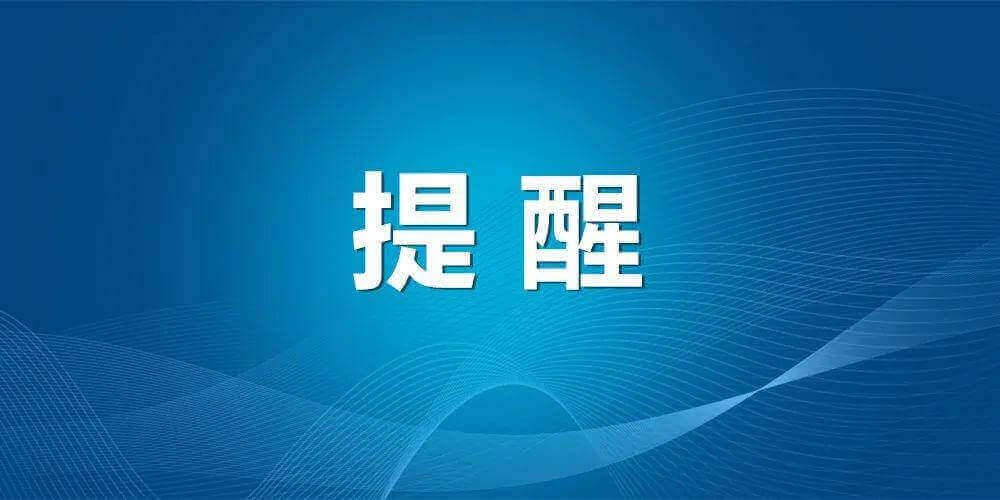Starknet’s Path to Full Decentralization Gains Momentum
In a significant development for the blockchain ecosystem, StarkWare, the company behind the Starknet Layer 2 scaling solution, has proposed an inflation management plan for its native token, STRK. This comes on the heels of a substantial reduction in gas fees for the SUN Boost mining pool, sparking optimism within the crypto community.
SUN Boost Mining Pool slashes Gas Fees by 99%
The SUN Boost mining pool has recently announced a dramatic reduction in gas fees, making it up to 99% cheaper for users to conduct transactions on the network. This move is seen as a major step towards enhancing the overall efficiency and accessibility of blockchain technology. Lower gas fees are expected to attract more users and encourage greater participation in the network, potentially leading to increased adoption.
StarkWare’s STRK Inflation Management Proposal
StarkWare’s proposal aims to manage the inflation of STRK, the native token of Starknet, as the network transitions to a Proof-of-Stake (PoS) mechanism. The proposal suggests increasing the total supply of STRK while keeping the inflation rate capped at 4% annually. This move is designed to incentivize network participants to engage in staking, which in turn will contribute to the governance, security, and maintenance of the Starknet network.
Background and Rationale
In July 2022, StarkWare outlined a plan for the full decentralization of Starknet, explaining the role of STRK in this transition. The plan involves shifting the operation of Starknet’s sequencer and prover to a PoS protocol, allowing anyone to participate in the sorting process and eliminating reliance on any single entity. STRK holders will be able to stake their tokens, enabling community involvement in network governance, security, and maintenance.
The Inflation Mechanism
The inflation mechanism proposed by StarkWare is based on the monetary policy of Ethereum after its transition from Proof-of-Work (PoW) to PoS. The goal is to balance staking rewards with inflation expectations, providing incentives for those who contribute to the network’s governance, security, and maintenance. Some of the staking rewards will be used to offset the fixed costs of network staking, and stakers may also receive additional rewards from transaction fees.
Token 发行 Curve and Inflation Rate
The proposal establishes a direct relationship between the staking rate and the total inflation rate, and an inverse relationship between the staking rate and the staking reward. Using Ethereum’s square root balancing method, StarkWare suggests that the inflation rate should be proportional to the square root of the staking rate. This ensures that at a 25% staking rate, the annual inflation rate is 2%. The inflation formula is given by M = 0.4 * √S, where S is the staking rate as a percentage of the total supply, and M is the annual inflation rate as a percentage of the total supply.
Implications and Community Approval
The proposed mechanism aims to adjust the staking rate through the market, ensuring sufficient token staking while preventing excessive inflation. The inflation rate is capped at a maximum of 4% annually if the staking rate reaches 100%. The proposal will only take effect once Starknet’s supply plan is initiated and STRK becomes a transferable token. Additionally, as part of Starknet’s decentralization process, the token issuance mechanism must be available and permissionless. Finally, any token issuance proposal must be approved through community governance voting.
Conclusion
Starknet continues to progress towards full decentralization, with the next step being the transition to a PoS mechanism. The network will require a token issuance mechanism that rewards stakers for participating in network maintenance while setting inflation expectations. The community is eagerly awaiting further details in the Starknet Improvement Proposal (SNIP) and looks forward to providing feedback on the inflation curve proposal.
As the crypto space evolves, developments like the reduction in gas fees for the SUN Boost mining pool and StarkWare’s inflation management proposal for STRK highlight the ongoing efforts to make blockchain technology more efficient and user-friendly. These advancements are crucial for the mass adoption of blockchain and the broader acceptance of digital currencies.
[Disclaimer]: The market is volatile, and investing involves risk. This article does not constitute investment advice, and users should consider whether any opinions, views, or conclusions presented are suitable for their specific circumstances. Responsibility for investment decisions rests with the individual.
Views: 0
